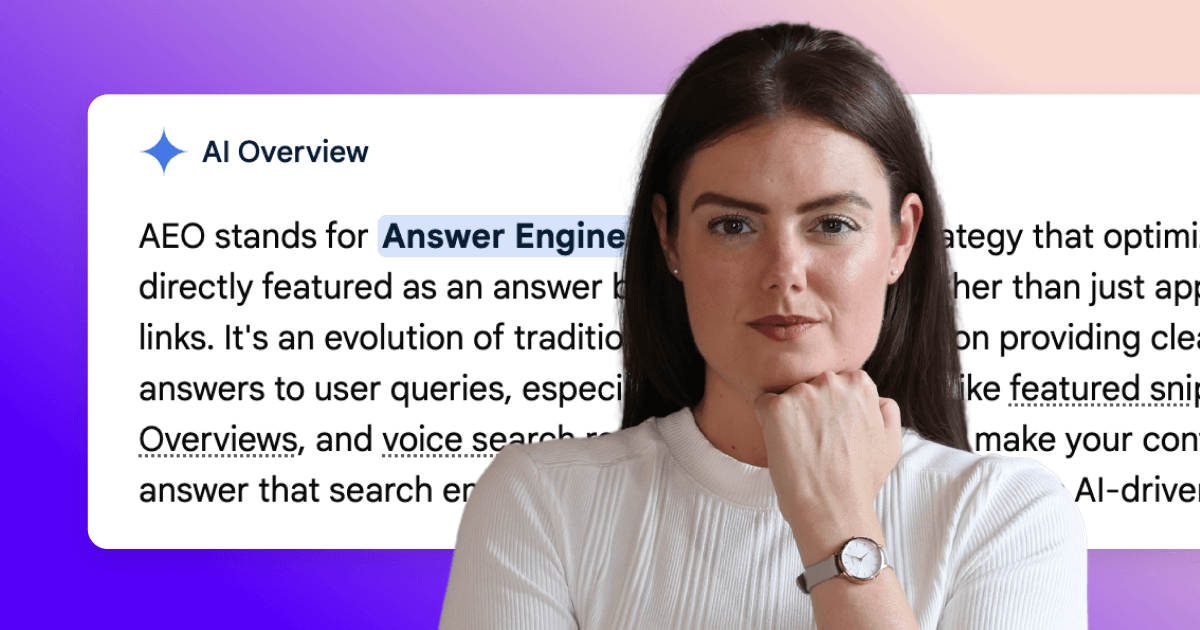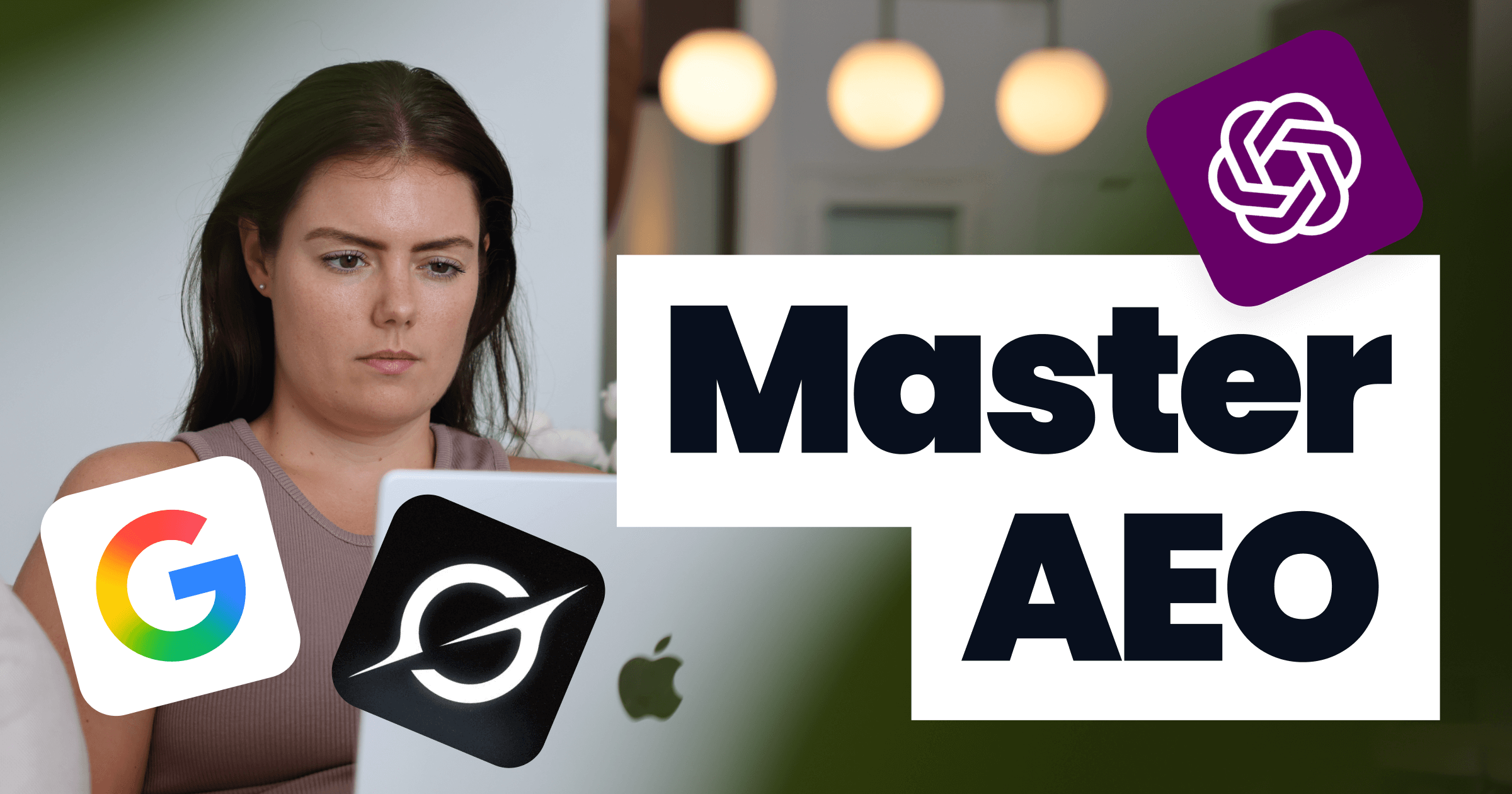
An industry-changing, innovative platform for marketing emerged in 2021: metaverse marketing. The metaverse is ALL the rage at the minute - so if you’ve still not heard of it, or can’t quite wrap your head around it, let us enlighten you (or we’ll at least try!)
What is the metaverse?
To put it as simply as possible, the metaverse is a network of 3D virtual worlds focused on social connection. Now that may sound too simplified, but the difficulty is that we can’t fully define the metaverse just yet as it isn’t fully in existence.
One thing is for sure though; it will provide a brand new internet experience that merges new technologies such as augmented reality (AR) and virtual reality (VR) to create an embodied and immersive experience for users.
We’ve got a whole article discussing the who, what, why and when of the metaverse that will explain all you need to know. So before we delve deeper into the metaverse looking at how it will impact design and marketing, it might be worth giving it a read.
How does marketing fit into the metaverse?
It isn’t uncommon for technological advances to turn the marketing industry on its head, forcing all those involved to evolve and keep up with the ever-changing trends and technologies if they want to be successful.
Over time a clear pattern has emerged that the companies leading in their industries are the ones who get their foot in the door early with trends and changes.
With this in mind, it’s no surprise that there has been a surge of companies rushing to get involved within the metaverse, implementing changes to their brand that will be compatible with the virtual structure of the metaverse.
Many big, successful global companies have already begun to immerse themselves into the metaverse by implementing the technologies used to build it - AR and VR. Gucci, Nike, Disney, Snapchat, and Facebook are just some of the brands committed to creating virtual communities, content, assets, fashion, art, experiences, and worlds.
Luxury fashion brand Balenciaga are an example of a brand who thinks creatively and outside the box, they created their own video game ‘Afterworld: The Age of Tomorrow’ to showcase one of their recent collections.

Players of the game begin their journey in a digital Balenciaga retail store, as they play on they go through unlocking new levels that feature avatars wearing the new season’s styles.
The brand has taken a platform with millions of daily users, and perfectly executed a marketing campaign without the consumer feeling like they’re being targeted for marketing.
Marketing in the Metaverse
The 3D virtual world experience successfully creates an immersive and interactive experience that has enabled the brand to connect with a whole new audience outside of their usual channels.
In 2021, approximately 89% of the population (around 60.3 million people) in the UK were social media users. The daily time spent using the internet on average per person in the UK is 6 hours 26 minutes, with 1 hour on video games and 1 hour 49 minutes on social media.
This gives marketers a tremendous window of opportunity for marketing on these platforms, hence why the metaverse is projected to have huge success.
Having a complete understanding of the metaverse and its full potential is key for digital marketers.
There are several things marketers need to know, and what they will need to do differently to traditional marketing when marketing in the metaverse.
Know your audience
We know that the audiences most likely to interact with the metaverse across its several virtual platforms are the younger generations; Millenials and Gen-Z.
For some brands and marketers, the metaverse will undoubtedly cause a big shift in their target market. If they don’t already, they will need to make Gen Z and millennials their main focus for marketing in the metaverse.
These age groups are generally more technologically savvy than older generations and are already accustomed to AR and VR technologies since they are the prime users of online virtual games such as Fortnite and Roblox.
Brands should be keen to keep gen-z and millennial audiences engaged with their products and technologies - and being a part of the metaverse and its technologies will allow them to target these audiences in a new and better way.
Position the brand natively into the platform
Positioning the marketing strategy so it is not interruptive to the user is a fundamental aspect of marketing in the metaverse.
To do this effectively, it’s important to consider the audience, the platform and the format, ensuring that the marketing materials are reaching the right audience in a subtle but effective way.
The whole concept of the metaverse is around the idea of being fully immersed in the virtual worlds; if the marketing of a brand interrupts this they run the risk of the consumer losing focus of their immersive experience which will in turn taint their perception of the brand.
Out with the old, in with the old?
Marketing in the metaverse will immensely amplify the competition between brands, and thus marketers.
That being said, you won’t need to change everything about your marketing strategy.
By using some of your existing marketing campaigns and just digitalising them to work in the metaverse it can help to increase brand engagement. Applying the right tools and features can help to provide an immersive, but consistent user experience across all of your channels.
Retail virtual services or goods to virtual avatars
The changes in retail services in the metaverse will be covered in depth in another article, but for now it’s important to recognise the interactive and immersive ways you can market goods and services in the metaverse.
Good marketing practice in the metaverse would see marketers partnering with in-platform creators, experimenting with AR and VR technologies. Where suitable, transform a virtual good into an NFT - these make for great marketing products.
Create immersive marketing experiences
To be successful in the metaverse creating an immersive experience for consumers through your marketing is crucial.
Offering your audience an immersive experience will take them out of their comfort zone and encourage them to consider the service or product being offered.
You can offer virtual advertising in the metaverse, this includes virtual billboards, branded installations and interactive virtual events. The metaverse is experiential and immersive in nature so as marketers and designers you should be taking full advantage of it in your marketing campaigns.
Brands have begun to discover new ways of advertising through collaborations with brands already well established in the metaverse such as Roblox. Examples of brands - and people - doing collaborations to begin their integration into the metaverse are: Lil Nas X hosting a concert in Roblox, Ariana Grande hosting a concert in Fortnite, Gucci providing a ‘Gucci Garden’ experience visit, and many more.
Storytelling is necessary
It is easy to lose sight of what it is you’re trying to convey when you’re caught up in the extremely complex world of VR and AR technologies. But just as on any other platform, storytelling is still absolutely necessary.
There’s no point having a bunch of fancy VR/AR features and immersive graphics if your consumers are not able to make sense of anything.
Design is everything in the metaverse
It is essential for brands to get the design aspect of their integration into the metaverse absolutely right.
The metaverse requires the use of AR and VR to create an immersive experience for users, but even with these advanced technologies there is the absence of some of the most important senses: taste, smell, touch.
Design with all senses in mind
As designers and marketers you will know that when you are creating, designing, and marketing any brand it is crucial that the senses are considered.
Sensory branding is a method commonly used by retailers to impact and resonate with their consumers by targeting at least one of their senses. It’s used largely to target all the senses in retail to evoke a cognitive, emotional, behavioural, and memorable response from consumers.
3D design and animation
When designing for the metaverse, the 2D design tools that you will be used to working with (like Sketch and Figma) won’t be of any use to you any more.
To ensure you are a successful metaverse designer, you will need to be able to create virtual artifacts in 3D. There is a need to ‘bring things to life’ in the metaverse, and make them appear tangible and as lifelike as possible to achieve a fully immersive experience. There are already several 3D modelling software out there that you can begin to use, such as Tvori and Gravity Sketch.
Getting to grips with this software early will teach you the fundamentals of 3D designing, modelling and prototyping in the metaverse - remember it’s always better to be ahead of the game!
Consistency is a key guiding principle in design
When designing for the metaverse, designing in isolation is no longer an option. All aspects of the design process must consider previous and future designs and marketing ideas.
A key feature of the metaverse is its focus on interoperability - providing users with an easy and seamless transition across different virtual worlds. This means that designers must ensure that every user's individual experience is consistent and uninterrupted.
Storytelling is - again - still necessary
You’re probably bored with being told to incorporate storytelling into your design plans and marketing strategies. But here we are again to remind you for the second time in this article - storytelling needs to be at the forefront of everything you do.
Designing individual metaverse experiences will require you to have a clear understanding of how to build a compelling story. As a designer it is your job to connect the thousands of experiences that are in the metaverse through storytelling.
With design, the storytelling is all about emotion. Your aim shouldn’t be to work on building characters and a plot, it should be to try to convey and elicit feelings through design work.
If you have a clear idea on the emotions you are trying to evoke, you understand the audience who will engage with your designs, and you are direct and intentional with your approach, the storytelling will write itself.
NFTs
If you’ve read our monster article on the metaverse you should have a good understanding of NFT’s by now. But here is your reminder of the definition if you need it; an NFT is a non-fungible token, they tend to be music or art, and are a one of a kind digital trading card that can’t be replaced with another.

NFT’s are created by designers, and they are a fundamental part of the metaverse, contributing to the metaverse economy. Designers can make use of their skills by creating some fantastic NFT’s in the form of artwork, using them for brands to sell as a means of marketing.
Thousands of brands have jumped on the opportunity to create and sell NFTs, many of which have collaborated with one another to create more unique digital assets. GAP, Barbie, Balmain, Gucci, Balenciaga, Clinique, McDonalds, Coca-Cola - just to name a few of the global brands getting involved in NFT’s.
Ready to get involved in the whirlwind we call the metaverse?
We're working on some exciting projects in the crypto and NFT space, helping brands transform and become fully digitalised.
If you're ready to pivot into the metaverse, or just dip your toe in the water with a sneaky little NFT, we're ready to help!

Just a heads up, some of the links in this article may be affiliate links, meaning we may make a small commission on any sign-ups or purchases for the tools we recommend.






































